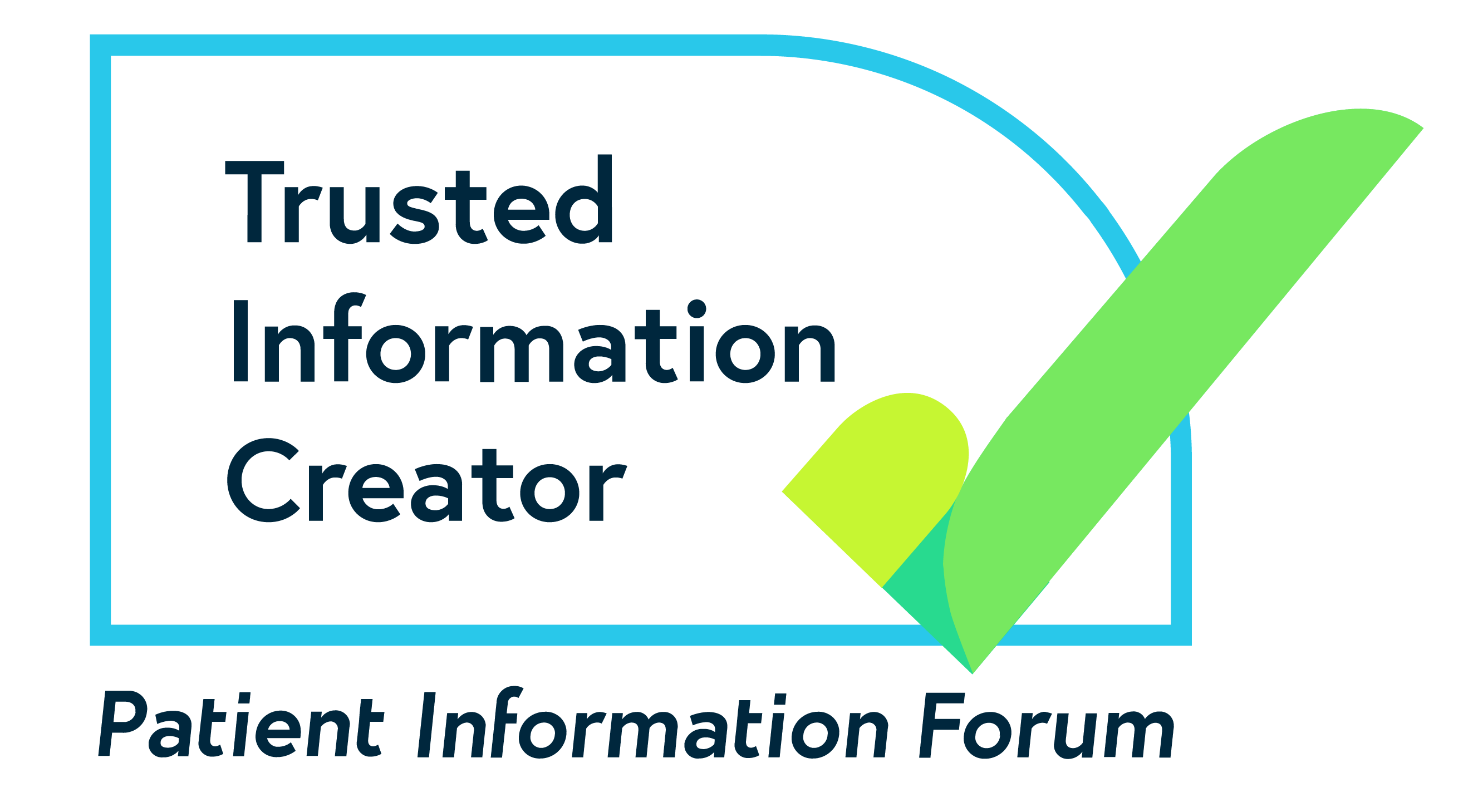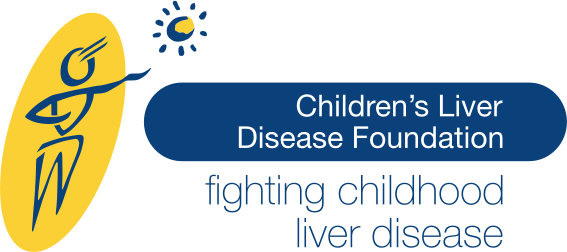Neonatal haemochromatosis (NH) is a rare condition. It is caused by severe damage to a baby’s liver. This happens during pregnancy when a baby is still in the womb.
Current treatments aim to limit or prevent further damage to a baby’s liver. Doctors also use treatments to help prevent liver damage in future pregnancies.
*This website provides general information but does not replace medical advice. It is important to contact your/your child’s medical team if you have any worries or concerns.
What is neonatal haemochromatosis?
Neonatal haemochromatosis (NH) is a rare condition. It is caused by severe damage to a baby’s liver. This happens during pregnancy when a baby is still in the womb. Damage to the liver leads to serious problems. It causes too much iron to build up in the liver and other parts of the body.
Neonatal haemochromatosis affects boys and girls in equal numbers. We do not know the exact number of babies affected by the condition. It could affect 15 babies in every 1 million births. But not all babies are diagnosed. This means the number could be higher.
Sadly, some babies with the condition are stillborn. And babies born with the condition usually show signs of severe liver disease or liver failure. This happens within the first hours and days of life. But some babies are less severely affected than others.
Current treatments aim to limit or prevent further damage to a baby’s liver. Doctors also use treatments to help prevent liver damage in future pregnancies.
What causes neonatal haemochromatosis?
We don’t know the exact cause of neonatal haemochromatosis. No single gene has been found for the disease. So it is not thought to be genetic. But it does seem that neonatal haemochromatosis can run in families.
We do know that most cases are caused by a condition called gestational alloimmune liver disease (GALD). For this reason, when doctors talk about NH, they nearly always mean this type of neonatal haemochromatosis. They might call it GALD-NH or alloimmune NH.
GALD is a condition where antibodies from the mother attack the baby’s liver cells (hepatocytes). This damages the liver inside the womb. The damage causes iron to build up in the liver and other parts of the body. It leads to scarring of the liver (cirrhosis). It may also cause acute liver failure. This is where the liver stops working. This happens before a baby is born.
We do not know why these antibodies develop in the mother during pregnancy. We also don’t know why they attack liver cells when a baby is in the womb.
There are other possible causes of neonatal haemochromatosis. But they are very rare. They include:
- Down’s syndrome (Trisomy 21)
- Severe foetal growth restriction
- Rare metabolic diseases
The rest of this guide is about neonatal haemochromatosis caused by gestational alloimmune liver disease. We call this GALD-NH. Speak to your medical team for more information if your child’s NH has another cause.
What are the signs and symptoms of GALD-NH?
Signs and symptoms of GALD-NH can be picked up by ultrasound scans during pregnancy.
The following signs might mean that your baby has GALD-NH:
- slow growth in the womb (fetal growth restriction)
- a build-up of fluid in the placenta and umbilical cord (placental oedema)
- not enough amniotic fluid (oligohydramnios)
- too much amniotic fluid (polyhydramnios)
- too much fluid in your baby’s body (hydrops fetalis)
- a build-up of fluid in your baby’s tummy (ascites)
These problems can also be caused by many other things. So having any of them doesn’t mean your baby definitely has GALD-NH. But they do suggest there could be a problem. This should alert the medical team, who will monitor your baby closely for the rest of the pregnancy. They will also monitor your baby straight after birth.
Signs and symptoms of GALD-NH after birth are usually seen in the first few hours and days of life. They may include:
- premature birth
- low blood sugar (hypoglycaemia)
- problems with blood clotting (coagulopathy)
- yellowing of the skin and whites of the eyes (jaundice)
- weeing less than normal (oliguria)
- low levels of albumin (albumin is a protein made by the liver)
- swelling caused by fluid trapped in the body’s tissues (oedema/hydrops)
In many cases, the symptoms are life-threatening. Babies with GALD-NH can develop severe liver scarring (cirrhosis) with end stage liver disease or acute liver failure. Sometimes this happens within hours of birth.
GALD-NH isn’t always diagnosed. So women who have miscarried, had a stillbirth or whose baby died in the first 90 days might have a higher chance of having a baby with GALD-NH in the future.
How is GALD-NH diagnosed?
Diagnosis before birth
A diagnosis during pregnancy means that treatment can be offered quickly. This gives your baby a much better chance of recovering.
Getting diagnosed is different depending on whether:
- you have already had a baby with GALD-NH
- you have had a miscarriage or a stillbirth in the past
- it is your first pregnancy.
GALD-NH is known to keep affecting some women. So women who have had a baby with GALD-NH can have checks in any future pregnancies.
- Mothers who have already had a baby with neonatal haemochromatosis → Doctors should be looking for evidence of GALD-NH. An ultrasound scan can usually help confirm a diagnosis.
- A first pregnancy or in mothers who have had a miscarriage or stillbirth → Mothers will have routine antenatal scans. If GALD-NH is suspected, an MRI scan may be used. This cannot confirm a diagnosis but can help guide the medical team.
Diagnosis after birth
If doctors think your baby has GALD-NH they will do tests including:
- a detailed family history
- blood tests
- ultrasound scan
- magnetic resonance imaging (MRI) – this is used to look for a build-up of iron in organs outside the liver
- lip biopsy (a small sample of tissue is taken from the lip and examined under a microscope) – this is used to look for a build-up of iron in the salivary glands
How is GALD-NH treated?
Treatments for GALD-NH aim to limit or prevent further damage to your baby’s liver. These treatments cannot reverse damage to the liver that has already happened. But the liver of a newborn baby has a great ability to repair itself. With time, the liver can fully recover. This can take several years. Your doctor will talk to you about what to expect for your child.
The choice of treatment will depend on the timing of diagnosis. This will be different if it is during pregnancy or after birth. The earlier that treatment is started, the more successful it is likely to be.
Treatment if diagnosed before birth
If GALD-NH is suspected during pregnancy, doctors use a treatment called intravenous immunoglobulin (IVIG). It is given to the mother straight into the bloodstream using a needle in a vein. A fluid containing IVIG goes into the vein using a drip. This is called an infusion.
This treatment uses a type of protein called immunoglobulins. They are taken from donated human blood. They are used to try and block antibodies that are attacking liver cells. IVIG treatment should be started straight away. The success of this treatment will depend on the stage of pregnancy that treatment was started. Some babies will develop severe liver disease. Others will develop no liver disease at all.
Treatment if diagnosed after birth
If GALD-NH is suspected in a newborn baby, treatment will start straight away. This will involve giving your baby intravenous immunoglobulin (IVIG). It is given straight into the bloodstream using a needle in a vein.
This treatment will do no harm if your baby does not have GALD-NH. But if it is GALD-NH, giving IVIG early may greatly improve your baby’s condition.
Some hospitals use a second treatment called exchange transfusion. This involves removing blood from the body. It is replaced with blood or blood products from a donor. This treatment helps remove antibodies that are causing liver damage from the blood.
If you have been treated with IVIG during pregnancy, the medical team will carry out tests on your baby in the first few days of life. This is to check for signs of liver failure. If there are signs of early liver failure, the medical team will start your baby on IVIG treatment.
Liver transplant
If these treatments don’t work well enough, your baby may need a liver transplant. But a liver transplant can be very difficult in small, very ill babies. Sadly, only about 1 in 3 babies who have a liver transplant for this condition will live.
Future pregnancies
If you have a child with GALD-NH, the chances are very high that any future babies will have it too. The chances are around 9 in 10 for each future pregnancy. This is the same if your next pregnancy is with a different partner. But knowing you are at risk means action can be taken early to protect your baby.
Make sure that you are referred to a specialist straight away in any future pregnancies. This will help protect your baby. You should be offered regular IVIG treatment. This has a high success rate. It stops GALD-NH happening again in most cases.
Where can I get further help or support?
CLDF can provide you with support and advice whenever you need it. Contact us on 0121 212 6023 or via email at: families@childliverdisease.org
Other useful organisations:
Sands – www.sands.org.uk
Miscarriage Association – www.miscarriageassociation.org.uk
Tommy’s – www.tommys.org
Bliss – www.bliss.org.uk
It is due to be reviewed by April 2028
Fill in our surveys to let us know what we’re doing well and how we can improve to better meet your needs




